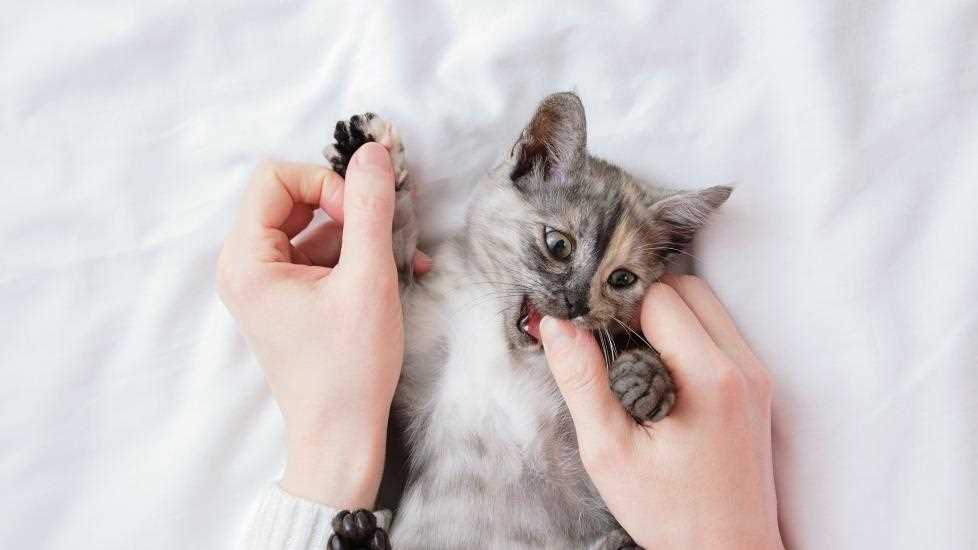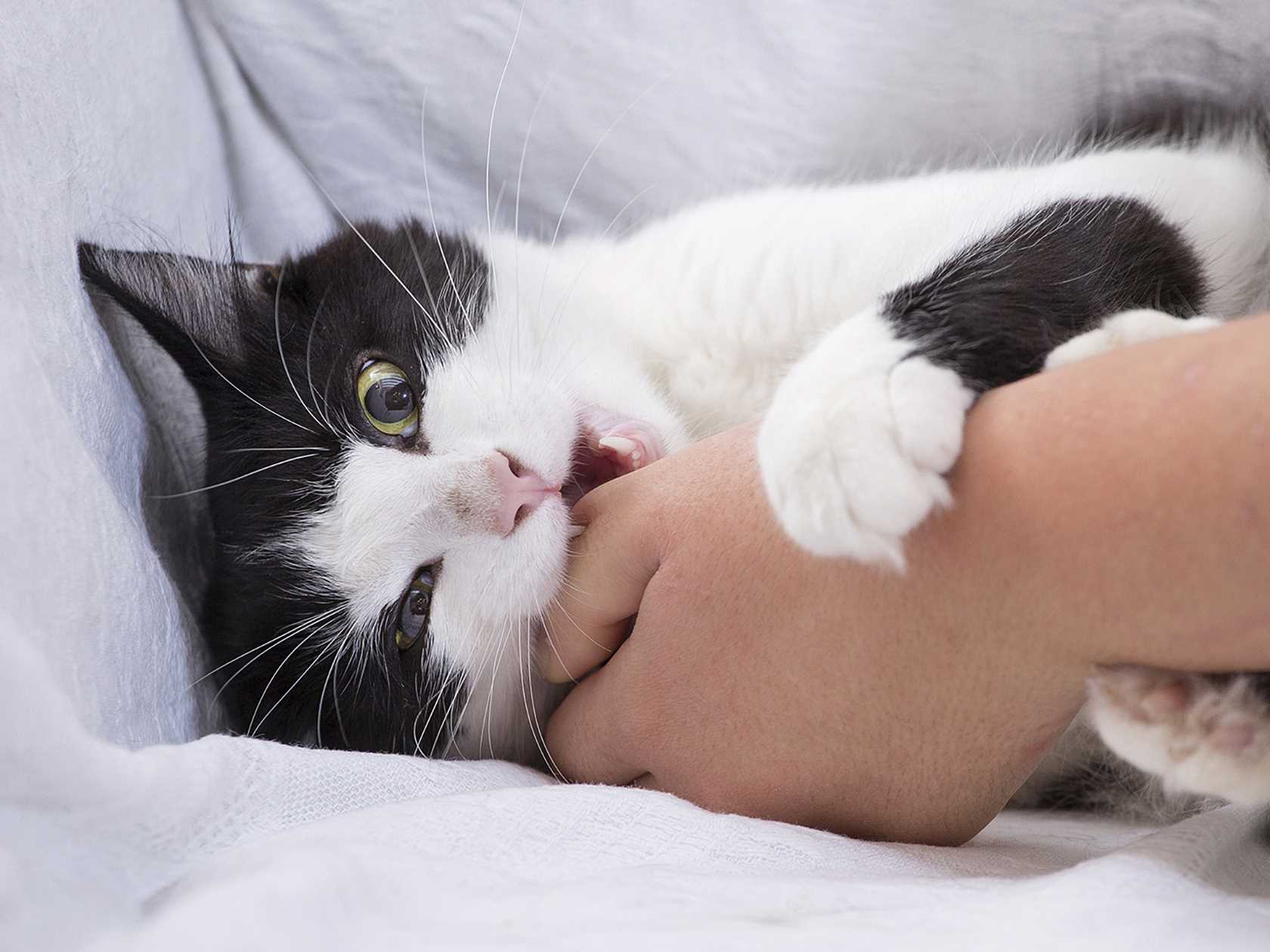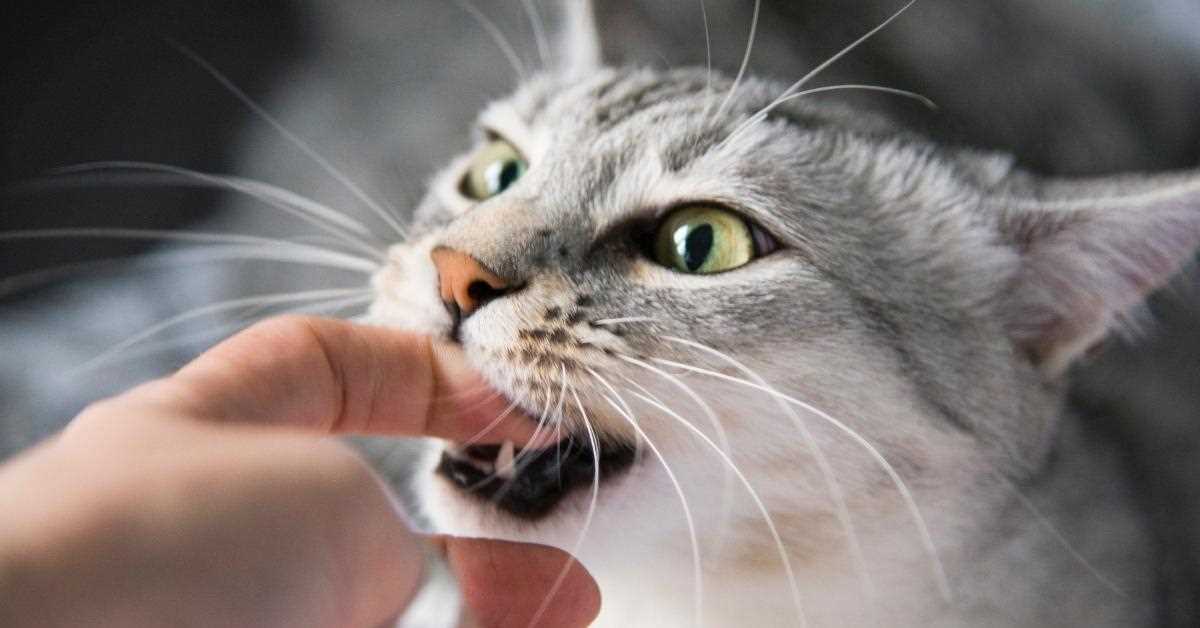



When I gently nip at your fingers, it’s my way of showing affection and engaging in play. These playful gestures are part of my unique personality, and they often signify my excitement or desire for interaction.
It’s important to observe the context of these playful nibbles. If I’m feeling frisky and darting around, nipping is a sign that I’m ready for some fun. On the other hand, if I’m relaxed and purring, it’s more likely a loving gesture, a way of bonding with you.
To ensure our time together is enjoyable, you can redirect my energy. Offering me a toy or engaging in playtime can satisfy my playful instincts and reduce the likelihood of those nibbles turning into something more aggressive. Always remember, it’s all in good fun!
Understanding My Little Nibbles
I often express my affection through playful nibbles. These gentle pinches serve to convey my feelings, much like a hug. It’s a form of communication, an invitation to engage in fun. When I’m feeling particularly affectionate, I may sneak in a soft bite, reminding you of our bond.
Sometimes, these playful nips can indicate excitement or overstimulation. If I’m in the middle of a thrilling play session, a quick nibble might happen as I get carried away. Pay attention to my body language; if my tail is flicking or my ears are back, it’s a sign that I’m feeling a bit overwhelmed.
If you notice me nipping during petting, I might just be asking for a break. Cats like me have our limits, and a quick bite may signal that it’s time to stop for a moment. Always observe my cues to ensure we’re both enjoying our time together.
Playtime is another reason for these quick nips. When I’m pretending to hunt, I may nibble on your fingers as part of the game. It’s all in good fun, but ensuring my playtime is appropriate and not too rough is essential.
Lastly, if I’m feeling anxious or insecure, a gentle bite might be my way of seeking comfort or reassurance. In those moments, offering a calm presence or a quiet space can help me feel safe. Understanding my little quirks will strengthen our connection.
Understanding the Playful Nature of Cats
Engaging in playful interactions often involves those gentle nibbles that make my human smile. This behavior stems from my natural instincts as a feline, where hunting and pouncing are key aspects of playtime. My little bites are not just random acts; they’re part of a larger game. It’s how I express my excitement and curiosity.
Playtime allows me to hone my skills. Through these antics, I simulate hunting, allowing my instincts to thrive. Here’s how I suggest you can enhance our play sessions:
| Activity | Description |
|---|---|
| Interactive Toys | Use feather wands or laser pointers to stimulate my hunting instincts. |
| Hide and Seek | Encourage me to explore by hiding treats around the house. |
| Solo Play | Provide small balls or crinkle toys for independent fun. |
Maintaining a variety of play options keeps things interesting for me. It’s also worth ensuring that I’m healthy and free from any parasites, so consider checking out the best wormers for cats to keep me in tip-top shape.
Engaging with me during play not only strengthens our bond but also allows me to express myself in ways that feel natural. So, next time you notice a playful nip, remember it’s all in good fun!
Interpreting Your Feline’s Body Language
Pay close attention to my posture and movements. They reveal much about my feelings and intentions. For example, if I arch my back and puff out my fur, it’s a sign of fear or aggression. On the other hand, a relaxed body with a slightly raised tail indicates comfort and friendliness.
Key Signals to Observe
- Tail Position: A high tail means I’m feeling confident and happy. A low tail could indicate anxiety or submission.
- Ears: Forward-facing ears show curiosity, while flattened ears signal irritation or fear.
- Paws: Kneading with my paws indicates contentment, often when I’m cozy and happy.
- Eyes: Slow blinking is a sign of trust; if I stare without blinking, I might be feeling threatened.
Understanding Vocalizations

My sounds also convey messages. A soft purr often means I’m content, while a sharp hiss can mean I’m feeling threatened. Different meows can indicate various needs, such as hunger or a desire for attention.
Being attentive to these signals helps strengthen our bond and enhances communication. Recognizing my moods through body language and sounds will lead to a more harmonious relationship.
Distinguishing Between Play Bites and Aggression

To tell the difference between playful nibbles and signs of hostility, pay close attention to the context and my body language. If I’m pouncing, chasing after a toy, or engaging in a playful wrestle, those gentle nips are just part of the fun. You’ll notice my ears are upright, and my tail is high and twitching. This body posture indicates I’m excited and enjoying the interaction.
Conversely, if I display flattened ears, wide eyes, or a twitching tail, it’s a warning that my mood has shifted. Aggressive behavior often comes with hissing or growling, and if I’m biting in this state, it’s not for fun. In such moments, stepping back is wise; I need space to calm down.
Another clue lies in the intensity of the nip. Gentle, playful bites are quick and light, while aggressive ones are more forceful and prolonged. If you can feel my teeth pressing down hard, it’s a signal to reassess the situation. Always observe my overall behavior; each interaction helps you understand what I’m feeling at any given moment, allowing for a better bond between us.
How to Respond to Your Feline’s Biting Behavior
When I feel those gentle nibbles, I know it’s time to redirect the interaction. Instead of pulling away or reacting sharply, I calmly change my focus. I offer a toy or a scratching post to shift the energy from my paw to a more appropriate outlet.
If the little nips escalate, I take a break. I walk away for a few moments to let my companion cool off. This signals that playtime is over, helping to establish boundaries.
Positive reinforcement works wonders too! When I engage in playful behavior without resorting to those teeth, I receive treats or affection. This encourages more of the desired actions and strengthens our bond.
Understanding the environment is crucial. If my friend seems overstimulated or stressed, I create a calm space by minimizing noise and distractions. A cozy blanket or quiet corner can help them relax.
Monitoring my own behavior is essential. If I inadvertently provoke a reaction with quick movements or loud noises, I adjust my actions to prevent any misunderstandings.
Lastly, patience pays off. Each interaction is a learning opportunity. By consistently responding with care and understanding, I help my companion learn appropriate ways to engage without using their teeth. Trust and communication grow stronger over time.
When to Seek Professional Help for Biting Issues
If the playful nibbles escalate into something more concerning, it’s time to consult a veterinarian or a feline behaviorist. Look for the following signs:
- Frequent aggressive encounters, leading to injuries on yourself or others.
- Sudden changes in behavior, such as increased defensiveness or withdrawal.
- Body language indicating fear or anxiety, like flattened ears or a puffed tail.
- Unusual biting during interactions that were previously enjoyable.
Addressing behavior problems early can prevent further complications. A professional can offer tailored strategies to modify behavior effectively.
Resources for Help

Consider looking at resources that provide information on behavior modification techniques. Additionally, ensure your home environment is enriching. If you’re using electrical appliances, check out the best extension lead for washing machine to keep cords safe and minimize risks.
Remember, understanding me is key. By observing and modifying interactions, we can maintain a peaceful coexistence.
FAQ:
Why does my cat give me little bites?
Cats often use gentle bites as a form of communication or playfulness. This behavior can indicate that they are feeling playful and want to engage with you. Kittens, in particular, bite each other during play, which can carry into their adult behavior. It’s important to observe your cat’s body language; if they seem relaxed and happy, these little bites may just be their way of playing.
Are little bites from my cat a sign of affection?
Yes, in many cases, little bites can be a sign of affection. Cats may gently nibble on their owners as a way to bond or show that they trust you. This behavior mimics how cats groom each other in the wild. If your cat is purring or rubbing against you while giving these bites, it’s likely a loving gesture rather than an aggressive one.
What should I do if my cat’s little bites become too aggressive?
If your cat’s bites become too aggressive or painful, it’s important to address the behavior. You can try redirecting their attention with toys or engaging them in play to help them expend energy. If the biting continues or worsens, consider consulting with a veterinarian or a feline behaviorist for advice and strategies to modify the behavior. It’s crucial to reinforce positive behaviors and discourage biting through gentle redirection.
Could my cat’s little bites indicate stress or discomfort?
Yes, little bites can sometimes indicate that a cat is feeling stressed or uncomfortable. If there are changes in their environment, such as new pets, loud noises, or changes in routine, your cat may bite out of anxiety. Observing other signs of stress, like hiding or excessive grooming, can help determine if the biting is related to discomfort. Providing a calm environment and ensuring your cat has safe spaces can help alleviate their stress.
How can I train my cat to stop giving little bites?
To train your cat to stop biting, consistency is key. When your cat bites, respond calmly but firmly by saying “no” or making a sound to indicate that the behavior is not acceptable. Immediately redirect their attention to a toy or engage them in a different activity. Reward positive behavior with treats or affection. Over time, your cat will learn to associate biting with negative feedback and will be more inclined to engage in gentle play instead.











